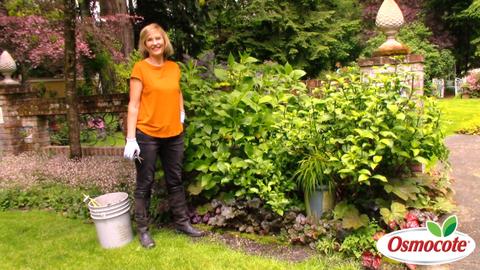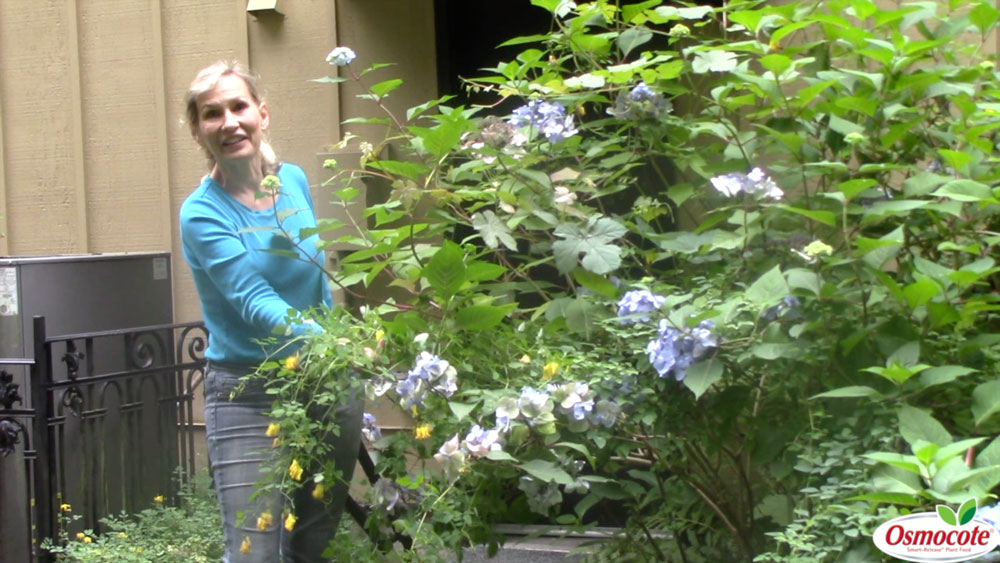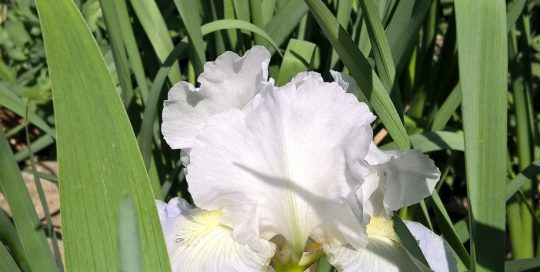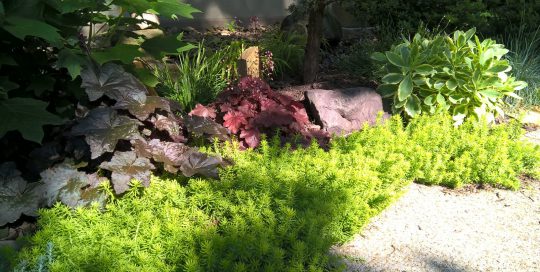Some give Martha Stewart the biggest share of the credit for creating an American hydrangea obsession. Serious gardeners, new homeowners and casual flower-lovers, all seem to want the huge, silky blue mop-headed flowers that grace the New England landscape.
The craze pushed breeders back to the drawing board to come up with hydrangeas that would bloom as well in Cleveland as they do in Cape Cod. Further, it’s triggered a procession of new varieties, not only of the ones that could be turned pink or blue, but of other species as well. As Martha always says, “that’s a good thing.”
For hydrangeas that can change color, soil with lower pH allows the plant to more easily absorb aluminum if it is present in the soil. There are two types that are capable of changing color. They are:
Bigleaf Hydrangeas (Hydrangea macrophylla).
This species has very large, somewhat rounded leaves, a trait that gives it the common name, bigleaf hydrangea. The flowers are either mophead (round) or lacecap (flat cluster) in shape. While this species blooms on the previous year’s stems, some varieties are remontant, meaning they also bloom more than once per season and even on current year’s stems. Hydrangea macrophylla are hardy in Zones 5-9 and prefer partial sun.
Flowers on the bigleaf hydrangea can vary from the red to the blue and everything between, depending on the soil in which it is grown. Two factors contribute to plant developing blue flowers—the soil’s pH and the presence of aluminum* in the soil. According to American Scientist magazine’s article by Henry D. Schreiber, for the bluing of hydrangea blossoms, one needs both aluminum ions and acidic soil. He recommends using commercially available aluminum sulfate to change a pink hydrangea to blue. An excellent explanation of soil pH and how it affects plant grown is available from Rodale’s Organic Life.
*Note: Aluminum is one of the most abundant elements on the planet: roughly eight percent of the earth’s mass is made up of aluminum, a chemical element that is not required for plant growth.
The first, and best-known reblooming hydrangea is ‘Endless Summer’, a mophead type. The story of how it came to be is interesting and can be found on the Endless Summer website. Since that introduction, others in that category have followed. Personally, I have some in my northern Indiana garden. They include ‘Let’s Dance Starlight’, ‘Let’s Dance Big Easy’.








